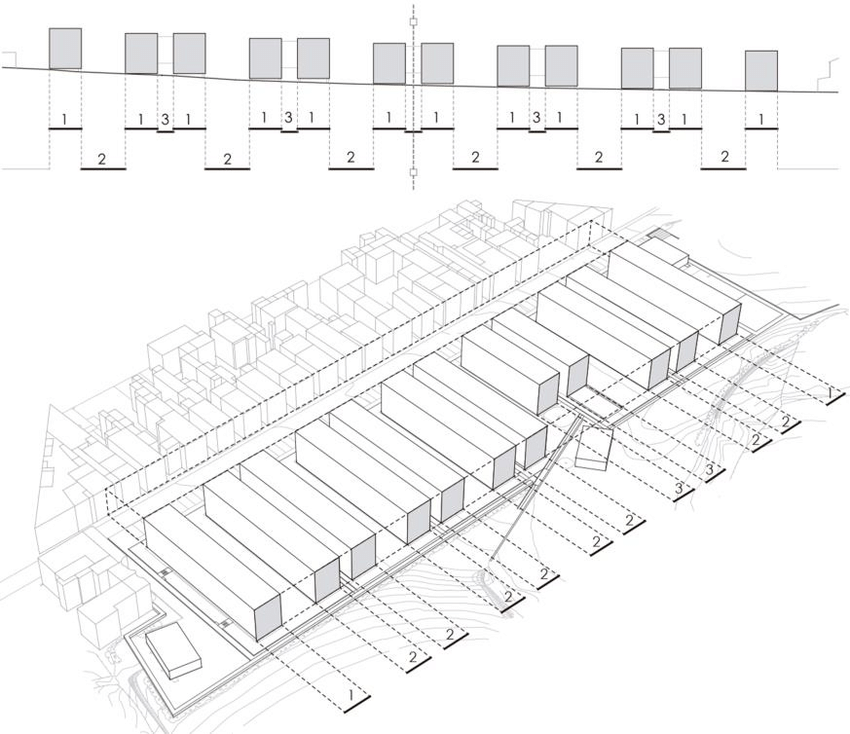
IMAGE 1
This is about telling a story twice to the same person. There is no need to tell things twice, the other person already knows. It is good to listen anyway, most people or sure of that. Why do we find ourselves listening to the same stories told by loved ones over and over though? Not only twice but more often? More to the point, why do we catch ourselves repeating stories? Stories about a messy break-up, financial difficulties, the random misfortunes of life that may be difficult to fathom? Teenagers can simply tell their parents ‘You’ve already told me that’ as they so often do, but that is not the end of the story.

IMAGE 2
We tell ourselves stories, at the end of long, confusing days or after frustrating experiences. Before it becomes a story experience is chaotic. Perhaps storytelling is a ‘Marie Condo’ to our psychological lives, attending to the grubby drawers of the mind, several times if need be. Stories have this power to tidy things up. Sometimes this ought to be done over and over. How come? Stories have a power to structure experience. This structure, some sort of tidiness is part of the story itself. ‘Tidiness’ is a state of having everything ordered and arranged in the right place.

IMAGE 3
Language itself is a kind of structure. We can discern ‘an architecture of language’. Within this architecture we can spot ‘monumental grammar’, ‘forced perspectives’ or ‘slots for reality’. This isn’t only an academic exercise. Patterns in language have a real impact on our lives. An architecture of language not only features in our ways of speaking but also structures our experiences. Our lives become ordered and arranged through language, through storytelling. The patterns in the story allow us to create such order. When things get messy, reality may need some sort of scaffold. Chaotic experiences are moulded by telling a story about them, over and over if need be.

IMAGE 4
References
Condo, Marie. (2014). The life-changing magic of tidying up. Vermilion.
Hymes, Dell (1982). Narrative form as a ‘grammar’ of experience: Native Americans and a glimpse of English. Journal of Education, 164 (2), 121-42.
Johnstone, Barbara (1990). Stories, communities, and place: Narratives from Middle America. Indiana University Press.
(pp. 128-129)
Sources
Image 1:
https://www.petronastwintowers.com.my/design-and-structures/
Image 2: https://www.researchgate.net/publication/311936950_Design_modular_tools_for_social_housing_the_case_of_the_complex_in_Rua_da_Seara_by_Joao_Alvaro_Rocha/figures?lo=1
Image 3:
https://www.shutterstock.com/image-photo/old-do-yourself-work-tools-drawers-1378206881
Image 4:
https://pixabay.com/photos/scaffolding-workers-construction-1617969/